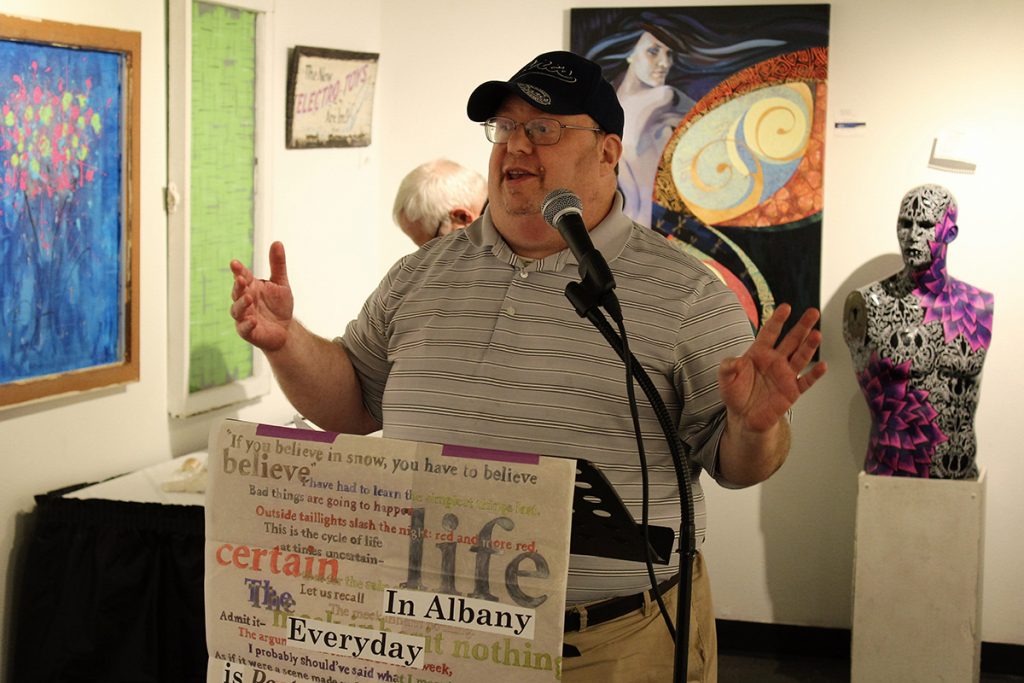
I wrote a blog post earlier about reading big books and I thought it would be fun to write about short books that pack a punch, that won’t take you long to finish and that you might enjoy. By short books, I am concentrating on books that are under 200 pages. I was also partly inspired when I read The Awakening by Kate Chopin, which was one of the best books I’ve read this year. At 195 pages, it tells the story of Edna Pontellier, who is a young mother of two boys and is unhappy with her marriage. Edna defies the convention of the day (Louisiana after the Civil War) and looks for happiness outside of her marriage. I don’t know why it took me so long to get to this novel, but I’m glad I finally read this American classic. Here are some other short books I recommend:
Hiroshima (160 pages) by John Hershey is the only non-fiction book on this list. My friend Dan Wilcox holds a yearly public reading of this book every August 9th, the anniversary of the dropping of the first atomic bomb on Hiroshima. This first was published in the August 31, 1946 issue of The New Yorker. The magazine thought it was such an important piece of work they devotes the entire issue to John Hershey’s account on what happened when we dropped the atomic bomb. Hershey followed the story of six people who survived the attack. The book is very detailed and does not shy away from the horrors of that day. A lot of research went into the book and it paid off. After being published in The New Yorker, it was soon turned into a book. It’s an important book to read because it shows ordinary Japanese citizens had their lives changed in the time it took to drop the bomb on Hiroshima. It details the destruction and suffering the people of that city had to endure.
The Bridge of San Luis Rey by Thornton Wilder (138 pages) was published in 1927 and won the Pulitzer Prize for Literature the next year. The novels is about several people who fall to their deaths when a rope bridge in Peru collapsed on July 20, 1714. Brother Juniper, who witnessed the accident decides to investigate the lives of the several of the people who died when the bridge broke. Brother Juniper seeks a common thread between the people who died in the accident. Why were these people on the bridge at the same time? The novel is a great character study as well as bringing up bigger issues about fate and free will.
John Steinbeck wrote a number of short novels such as Of Mice and Men or The Pearl, but one of my favorite books by him is the funny and joyous Cannery Row (181 pages). Published in 1945, it is set in Monterey, California where the old sardine canning factories once were the economic backbone of the community. This is where a marine biologist named Doc works and lives. The book centers on derelicts like Mack and Hazel (Hazel is a man, by the way), who want to cheer Doc up by holding a party for him. Of course, Doc doesn’t come to his own party and things get our of hand. Steinbeck has great affection for the derelicts and the prostitutes of the forgotten area called Cannery Row. He wrote a sequel, Sweet Thursday, which is just as charming.
The last book I’m going to talk about is The Crying of Lot 49 by Thomas Pyncheon. At 138 pages, this book is hard to describe, but I’ll try. Opedia Maas winds up becoming the executor of the estate of her ex-boyfriend Pierce Inverarity, a very rich California real estate mogul. Through her role as executor, she meets the American rock band called The Paranoids, as well as uncovering a very old rivalry between two defunct postal services: Thurn and Taxis and The Tryestero. She also meets people with names like Mike Fallopian and Ghengis Cohen. This is a great novel to introduce you to Pyncheon as well as Post Modern Literature. It’s very much a novel of California and the 60’s.
There are so many other novels I’d like to mention such as The Little Princess by Antoine de Saint-Exupery and The Member of the Wedding by Carson Mc Cullers. Please let me know if you’ve read any of these books or let me know about other books under 200 pages. Happy reading!
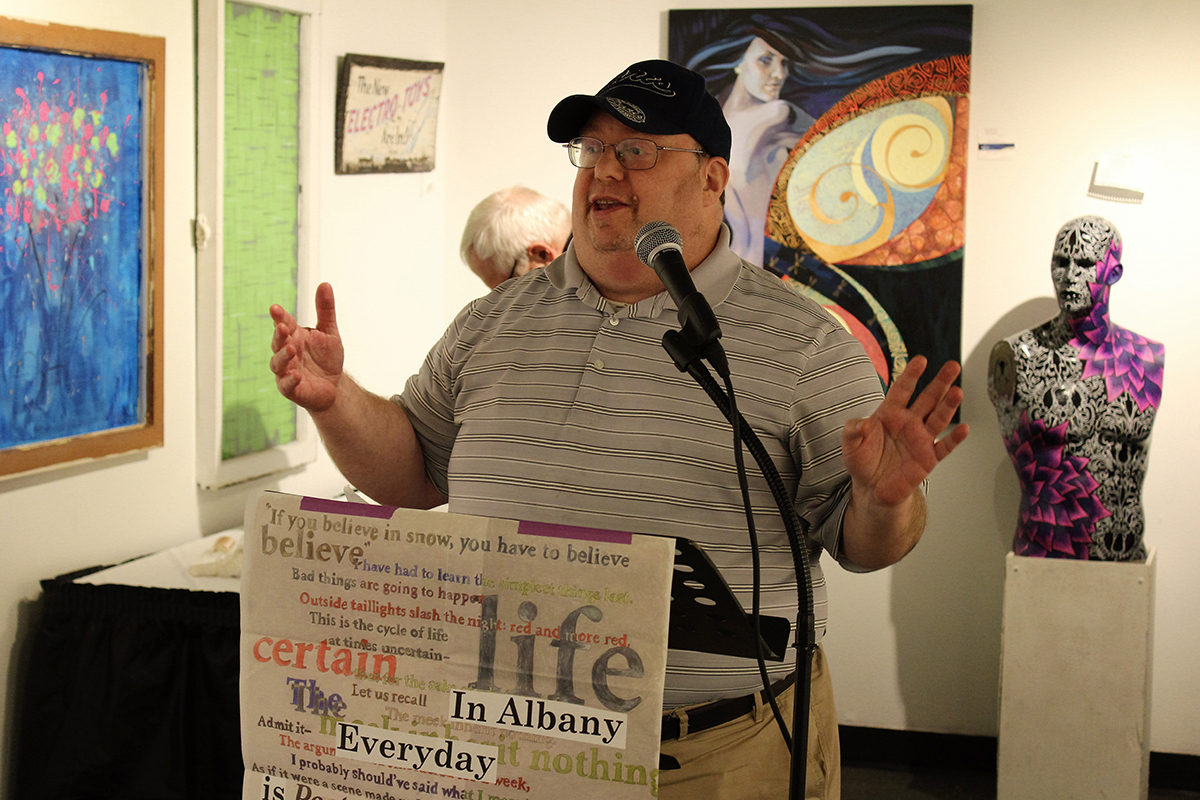


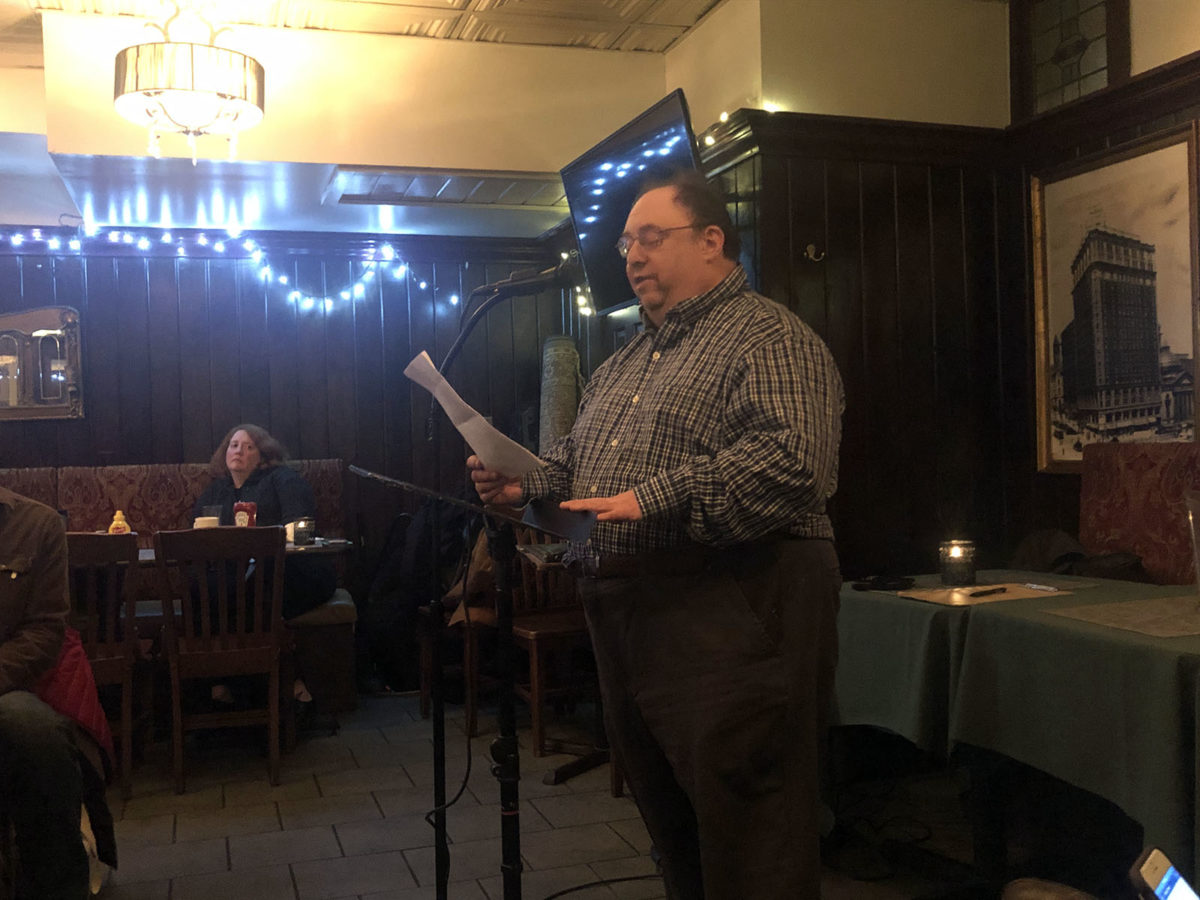

At 204 pp (according to Amazon), my favorite short novel is just over your limit, but I have loved “Fear and Loathing in Las Vegas,” by Hunter S. Thompson for decades. It’s Hunter at the crest of his powers, and far better than the ambitious film it inspired.
I haven’t read any book by him. What’s 4 pages over.
Loved Cannery Row. I read The Member of the Wedding a long time ago, and enjoyed it. How about God Bless You, Mr. Rosewater (Vonnegut) – 190 pages?
Cannery Row is such a fun book. I liked The Member of the Wedding too, but not as much as The Heart is a Lonely Hunter. I don’t know how I missed God Bless You, Mr. Rosewater. I am a huge Vonnegut fan and I read everything by him when I was a teen. Good choice.
Those are all great books. My favorite shorter one is “Coming Through Slaughter” by Michael Ondaatje at 156 pages. Based on the life of early New Orleans jazz pioneer Buddy Bolden, it’s a haunting tale in which Ondaatje at times insinuates himself. (Bolden went mad and spent most of his adult life in an asylum. Current thinking is that an untreated ear infection in the days before penicillin affected his brain before his talent could fully bloom.) I got this book at the old Coliseum Books in NYC in 1984 and I’ve read it several times. Years ago, I did an erasure poem using language from the book. It’s one of my favorite pieces that I’ve done even though I didn’t actually write a word of it.
I never heard of that book. I read The English Patient so long ago. Coming Through Slaughter sounds fascinating.
Thanks, Don, always interesting. I really liked Cannery Row. Hiroshima should be required reading for #45! Also that’s The Little Prince ( a magical book).